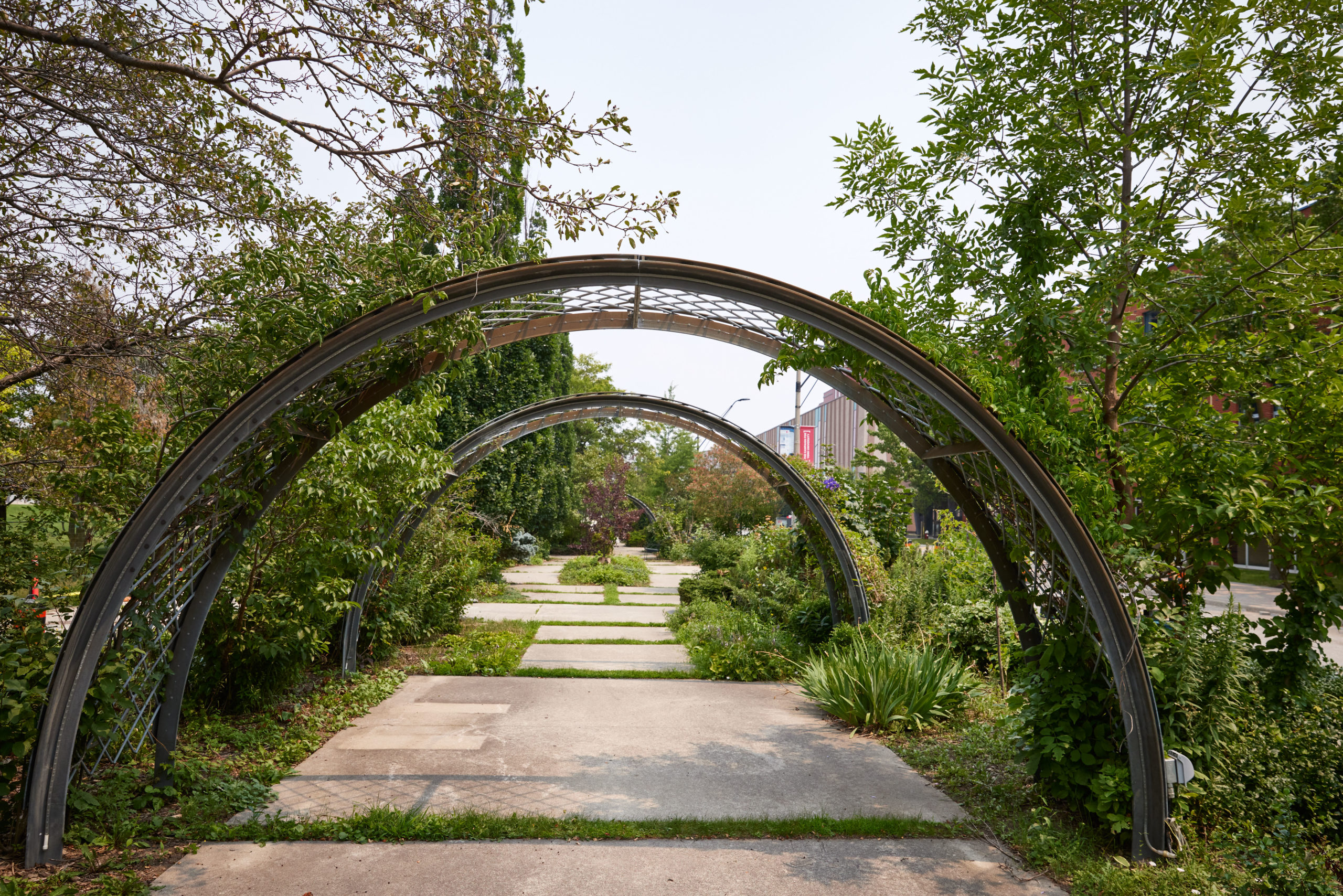
Calumet & Stong Colleges' 2020-2025 Strategic Plan
Inspiring Learning, Leadership & Citizenship.
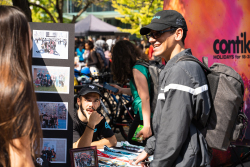
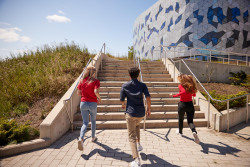
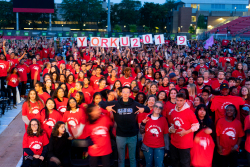
A college community committed to an engaged and meaningful student experience. The Colleges foster equity, diversity and inclusion; wellbeing; collaborative academic support; leadership development; and recognition of achievement.
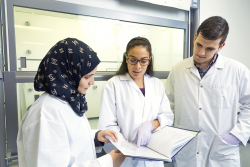
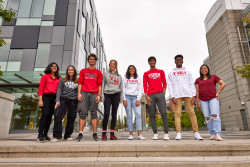
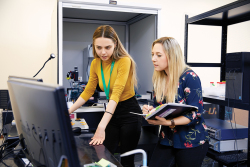
Student Centric:
Supporting the engagement of students in their own learning and growth
Collaborative:
Actively involving all community partners
Mentorship:
Enabling the learning process and personal development
Engagement:
Developing a sense of belonging and promoting growth
Bold:
Challenging the status quo and being resourceful
A1. Guide, support, and engage students and student organizations to have successful transitions (into York, at York and out of York)
A2. Enhance our partnerships with alumni, fellows, graduate students, staff and faculty to mentor and guide undergraduate students
A3. Increase capacity and expand mentorship opportunities for student-led initiatives
A4. Expand programs related to academic skill development
A5. Collaborate with campus partners on early alert initiatives among students to foster academic success
B1. Embed and customize leadership, mentoring and active learning opportunities across the student experience
B2. Expand experiential learning opportunities
B3. Expand opportunities for student-led, community-focused social innovation initiatives
B4. Support, recognize and acknowledge students for their personal and leadership development and significant contributions to the community
B5. Strengthen existing collaborative networks and expand opportunities for career exploration
B6. Foster collaborations, partnerships and engagement to expand leadership opportunities.
B7. Promote and facilitate cross-partnering among student organizations
C1. Promote networking among students, between student organizations, and between students and partners to create a climate of life-long learning
C2. Create and maintain new opportunities for student social and intellectual development
C3. Expand and sustain opportunities for engaging faculty, staff, alumni, fellows and community partners
C4. Expand and engage our online community
D1. Recognize barriers and promote solutions by advocating for and empowering historically underserved student groups, including but not limited to, Black, those with dis/abilities, first generation, Indigenous, immigrant, international, mature, and racialized
D2. Build student and community capacity for intercultural understanding, empathy, and mutual respect (TRC’s Call to Action)
D3. Learn from and strengthen relationships with Indigenous communities to promote Indigenous knowledge and traditions
D4. Collaborate with campus and community partners to recognize and affirm the different facets and intersectionalities of diversity, including but not limited to, cultural, dis/ability, educational, ethnic, family, gender, geographic location, sexuality, socio-economic status and spiritual
D5. Foster social responsibility and active citizenship through community outreach initiatives
E1. Embed and customize Health and Wellness education, practices and skills across the student experience
E2. Develop and promote initiatives, training and partnerships focused on the CCSC framework of health and wellness with students, student organizations, staff, faculty, alumni, fellows, campus partners and the community
E3. Expand aspects of Health and Wellness into the classroom
F1. Evolve functional responsibilities to support the Colleges’ strategic directions and operational plans, and to align with the Faculty of Health’s strategic plan and priorities
F2. Advocate for, invest in and support program evaluation
F3. Prioritize investment in resources (physical, technological and human) to support the Colleges and student organizations to meet the Colleges’ strategic plan
F4. Support and engage students, student organizations, staff and faculty in professional development that advances the Colleges’ strategic plan
F5. Explore alternative financial resources to support programming
F6. Effectively communicate the Colleges’ role and identity through branding and marketing
F7. Develop and promote initiatives, training and partnerships focused on the UN Sustainable Development Goals with students, student organizations, staff, faculty, alumni, fellows, campus partners and the community
